Our office might be closed for summer vacation, but the TED Fellows are hard at work at the very first TED Fellows Retreat, happening now in Whistler, British Columbia. Because the Fellows have proliferated since the program officially launched in 2009, many of these extraordinary thinkers have never had a chance to meet and conspire. And thus, the TED Fellows team created a four-day program “of, by and for Fellows” which includes workshops, art installations, tech demos … and talks. Twenty Fellows took the stage on Sunday morning to address a packed house with updates on their latest projects. The talks veered from charming to poignant to hilarious to chilling; TED’s Helen Walters and Karen Eng were there to capture what happened. First, Pakistani guitar virtuoso Usman Riaz set the tone with his beautiful piece, “Boneshaker.” Then, on into the program:
Chelsea Shields Strayer asks us to remember our most poignant moment. Might it have had something to do with our social environment? Most people raise their hands in acknowledgement. Shields Strayer isn’t surprised… that’s precisely why she is working to analyze the impact of social interactions on both individuals and society at large. After all, she points out, humans have evolved to be dependent on those around us, and we are extremely susceptible to external influences. She tells the story of observing a doctor in Ghana who told a boy with a broken arm not to cry, not to be a baby. The pain in the boy’s arm diminished, purely because of the psychological impact of that advice. This placebo/“nocebo” effect is powerful, and Shields Strayer warns us to be mindful of its impact.
American artist Gabe Barcia Colombo, known for his penchant for encasing video projections of people in jars and blenders, describes how he has taken a step towards packaging — and selling — the actual stuff of life. After experimenting with extracting strawberry DNA with fellow Fellow, biotechnologist Oliver Medvedik, he joined Medvedik’s public biotech lab Genspace to learn how to extract human DNA. Becoming somewhat obsessed, he began holding “DNA extraction dinner parties” with friends, documenting the results. Then he hit upon the idea of selling such specimens as limited edition art items. His DNA Vending Machine dispenses a small white box containing a vial of a DNA specimen and a small photo portrait of a random donor. Charming, quirky … and raising serious questions about the ethics of ever-increasing access to biotechnology.
Yemen-born, Sweden-dwelling scholar Walid al Saqaf wants to talk about freedom. In particular, the ability to communicate across borders in a free way — and the inability of 700 million people globally who are affected in some way by internet censorship. Al Saqaf founded alkasir.com as a means to “map and circumvent cyber-censorship.” So far, he says, there have been some 85,000 installations of the software worldwide. Activists used it in Iran in 2009, in Egypt in 2011 and most recently in Syria. It’s a way of digging beneath technological blockades to find a way through to open access to the rest of the web. Al Saqaf quotes Tim Berners-Lee, who once described the internet as “humanity, connected” and who provides the inspiration for the project.
How nervous should we be about the world’s governments’ ability to tap into our lives? Researcher and online privacy activist Christopher Soghoian introduces us to a chilling world of slick private companies developing off-the-shelf hacking tools that allow direct access and control of PC webcams and microphones, browser tracking, even private documents. After the Egyptian revolution of 2011, for example, activists found in government offices documents from Gamma, a German company that manufactures surveillance software and sells it to governments, including those with atrocious human rights records. Soghoian’s research has also confirmed that the FBI has a team dedicated to hacking surveillance targets. He notes that the growth of hacking as a law enforcement technique is ripe for abuse. After all, criminals use phones and computers to communicate — and so do journalists, activists and private citizens. The only way to protect ourselves, he concludes, is to have an informed public debate.
James Patten wants to challenge us to think about moving the computer’s power off the screen and into the physical world. He makes his case by showing some of his projects, such as an interactive display of Christian Louboutin shoes for Barneys New York, or the robotic harp he helped to design for Bjork’s Biophilia tour. Or “Create a Chemical Reaction,” designed for the Museum of Science and Industry in Chicago. But such projects are just the beginning of Patten’s work combining physical objects and software to encourage social collaboration and learning. He shows a more recent project building off his work at MIT, for which he designed “an army of tiny robots” to blend the speed and efficiency of physical control along with the flexibility of software systems. Potential applications include a mapping system for coordinating emergency response, gaming, even scientific research. It’s early days, he acknowledges, but the computer of the future might well embody no obvious technology or touchscreen at all.
Israeli designer and artist Adital Ela is obsessed with incorporating nature into her Terra designs– practical artifacts made from organic agricultural and construction waste, easily returned to Earth at the end of their useful life. But it wasn’t until recently that Ela discovered something poignant about her grandmother, a powerful figure in a deeply patriarchal Kurdish family who had died when Ela was 12. When Ela showed her latest work to her father, expecting to be dismissed once again as “odd and hopeless” (she was expected to become a lawyer), he observed that her grandmother used to make stoves out of straw and clay. This revelation took Ela on a journey of discovery about the women of her culture, who built homes from Earth. For Ela, it was a profound affirmation of both her cultural identity and her most authentic path as a designer.
Growing up in Texas, bioarchaeologist Christine Lee was not Chinese enough at home, and yet not American enough at school — a rejection by two cultures that drove her to search for belonging in faraway places. From her family’s “name book” — a record of ancestors along a male lineage — she learned she was descended from the eighth son of the emperor and a concubine whose story included political conflict and suicide. On archaeological digs in China, she sought her own face in the remains of ancient peoples, but was perplexed to see that the skulls she examined looked nothing like her — nor did the modern-day Chinese. It turned out the truth was far more complex: her genetic origins likely include a rich mixture of Mongolian, Tibetan and native Taiwanese and, along with emperors and concubines, her identity is connected to nomads, silk traders and Polynesian headhunters. “I have spent most of my life letting other people tell me who I am and what I am,” says Lee. Instead, we should take the time to look and listen more deeply.
In India, 20 children must share just one book. Add to that the fact that, of the 25,000 children’s books published each year, 50% are written in English or Hindi when many children speak neither, and many, many children are being left behind. Through his work with a non-profit book publisher, Gautam John is attempting to rewrite the rule book and put a book in every child’s hand. First, by throwing issues of copyright out of the window and producing books through an entirely open platform. Readers, teachers, parents are encouraged to co-create, translate, download, print, share and rethink any of the company’s original content. So far books have been viewed 1.2 million times, and published on every digital platform. And while John acknowledges that limited access to networks and the high expense of devices are still both real issues, he believes that India is “on the cusp of a tipping point where these two factors will not remain barriers any more.” When that happens, he says, “We’ll be ready.”
In Brazil, the culturally accepted practice of keeping wild birds as pets drives much illegal wildlife trafficking. But it’s not just birds. Forensic biologist Juliana Machado Ferriera says 38 million animals of all kinds, worth $2 billion a year, are extracted from Brazil. (See also her previous TED Talk, The fight to end rare-animal trafficking in Brazil.) The removal of the animals affects seed dispersal, disrupts predator/prey systems, reproductive cycles and genetic diversity — setting off a chain reaction of imbalances across the ecosystem. Some have suggested commercial captive breeding as a way to supply the demand for wild bird pets. Ferreira argues that arrangement could inadvertently make wild animals even more valuable to poachers. Her solution: a limited number of breeding licenses, compulsory paternity tests and breeding done only in association with research institutions. Above all, she calls for changes to Brazilian laws to criminalize and severely penalize wildlife trafficking.
Aparna Rao is an Indian artist who creates entirely charming works marrying technology and whimsy. (See her TEDGlobal 2011 talk, High-tech art with a sense of humor.) She’s here to show some new works, including “Imperial Monochromes” in which a viewer walking into a room triggers a jumbled group of panels to snap into perfect order. Inspired by 15th century altar tablets and the stark graphic work of Kazimir Malevich, it’s remarkable how much emotion can be imparted by simple shapes. In “Handheld,” a large piece of paper is tremblingly held by a pair of tiny hands (the shake is programmed). “Decoy” consists of a human-like creature frantically waving to get a viewer’s attention. “Clappers” comprises 996 small figures in an audience, each one programmed to clap at will. They’re triggered by someone stepping out in front of them; that person might get a rapturous ovation, or earn only feeble applause … a twist of judgement that adds a delightful layer to the piece. Anthropomorphism is again on display in “Framerunners,” in which tiny “creatures” bounce back and forth on a window grid, and rush to hide if they detect any kind of human presence. The blend of technology and humanism is utterly lovely, the perfect send-off for the first session of talks.
Usman Riaz is back at the beginning of the second session, this time accompanying the Ethiopian-born, San Francisco-based singer Meklit Hadero, who sings her original composition “Far Away.” Gorgeous.
Only a few days back on Earth from his 2,800-hour stint in isolation with five other crew members on Mars (actually a built simulation on Hawaii’s Mauna Loa volcano) artist, biologist and crew commander Angelo Vermeulen shares his initial insights on what humans might need in order to live in deep space. First, food. The crew of NASA’s HI-SEAS mission examined the possibility of “autonomous cooking” in space using shelf-stable ingredients, which offered such benefits as collaboration and meal sharing, increasing crew cohesion. Freedom was also important: the mission allowed the astronauts to pursue individual research projects and follow a cooperatively arranged schedule — good for morale. A diverse crew with a balance of genders, cultures and skills made the group resilient problem-solvers. Finally, the role of creativity played a huge part in keeping up the crew’s spirits: one of Vermeulen’s most gratifying experiences was sprouting seeds for food, as well as working on a photography project documenting the experience. He hopes these insights will contribute to our knowledge of how to create well-rounded human life — not just survival — in deep space.
“Growing up gay in a traditional Indian family in an Islamic society in Kuwait, I experienced oppression very early on in my family and society,” says Sharmistha Ray as she takes the stage. Ray describes her evolution as an artist, from drawing self-portraits in charcoal to creating abstract paintings (such as Forbidden Pleasures) intended to evoke the beauty, nature, color of India. This year, she explains, she returned to painting human figures, in an attempt to try and understand the “terrifying narratives about women” being propagated within her native country.” I wanted to find a way of representing a woman that counters mainstream representations of her as an object, a trophy, a victim,” Ray explains. “I want to create empowered narratives.” She shows some images for the first time. In one, a naked woman reclines in a pastoral landscape — a setting, Ray says, that is a metaphor for freedom. “It’s the kind of freedom I’ve been flighting for my whole life as a gay Indian woman,” she concludes. “That kind of freedom should be the birthright of every single woman.”
When applied physicist and data visualization scientist Michelle Borkin recently compared a newly developed data visualization tool to an older one from the Harvard School of Engineering and Applied Sciences, she found something surprising. Male and female scientists performed with similar aptitude with the new tool, but men outperformed women on an older tool. Borkin began investigating the field of studies in gender differences in computer science, learning that small cognitive differences between men and women lead them to solve problems and process spatial information differently, affecting how we interact with software. Why is this important? Borkin points out that for the last 50 years, computer software has been written by and for men — yet we all now live in a digital world. How might unintentional gender bias be affecting us? It’s something we need to be aware of; she concludes by asking software designers to involve women in the design and development process.
Dancer and choreographer Richard Move has spent the last five years making a documentary of Heidi Latsky Dance Company’s The Gimp Project. He shows off some of the clips from his film, which features those we wouldn’t normally imagine being able to play much of a role in the world of dance — those who are disabled. Move passionately shows how the work of these dancers helps to destigmatize common preconceptions of the disabled by challenging our concepts of what’s beautiful and what’s possible. “Each of these dancers is deeply aware of the effect they have on others,” he says. “The dancers look back at the audience and invite them to stare.” It’s powerful work, and reminds us of the importance of questioning our reactions. “The dancers of Gimp triumph over stigma,” he concludes. “They teach all of us how to look, by showing us all how they look.”
When he was growing up, artist Ryan Holladay used to dig holes in his garden, dreaming, as many children do, of getting “all the way to China.” Sadly, even if you could dig through Earth’s core, the opposite point from anywhere in the continental United States is the Indian Ocean. In fact, only 2% of Earth’s land mass would actually tally up with land on the opposite side of the planet. Whatever, science. Adult Holladay resolved to use communication technology to dig an imaginary tunnel, completing an idea virtually that could never be done physically. His proposed project, Antipodal, asks us to imagine a hole in the ground with a live-feed screen linked to a matched-up hole and screen on the other side of the world. This way, someone in Beijing could peer down to connect with someone else in Buenos Aires in real time. Why create such a permanent, location-based installation in the age of constant communication? Such projects remind us of our shared humanity, says Holladay. And what’s more human than looking through the planet to see another person waving back?
People have talked crap on the TED stage before, and university professor Francis de los Reyes is here to add himself to that number. The engineering professor focuses on human waste, namely the way in which we deal with it. It’s a chuckle-worthy topic, he acknowledges, but it’s not a trivial one. After all, 2.5 billion people in the world don’t have access to adequate sanitation, and that has huge health implications. He shows photographs of how current systems (don’t) work, including workers immersed in waste pits, cleaning them out while wearing no protective clothing. Really, the pictures are shocking. But then again, flush toilets aren’t the answer; they can’t be. Many of these regions lack the water, energy or infrastructure necessary to install sewage lines. Not to mention, a system wasting fresh water simply makes no sense. Instead, we must reconsider the entire sanitation chain, from initial “human interface” to how feces are collected, stored, treated, and not just disposed of, but reused. Who will pay for this? Governments, he says. NGOs can help, but they won’t be enough. “Access to adequate sanitation is a basic human right,” de los Reyes concludes. “We must stop the practice of lower caste and lower status people being condemned to emptying waste pits.”
Bipolar disorder affects around 5% of the world’s population. Captive to severely fluctuating moods, bipolar people are less likely to be able to maintain stable relationships and jobs and more likely to commit suicide. Research has shown that that keeping track of mood, sleep and social interaction can help detect early warning signs of a mood episode. To help make this task easier, computer scientist Tanzeem Choudhury demos an app that allows people to use a smart phone to track daily routines by entering information about mood and energy levels. The phone’s sensor infers and fills in information such as sleep patterns and social interaction invisibly and automatically. The app synthesizes the data to provide user feedback, showing where someone’s routine is either stable or disrupted — and offering actions to prevent relapse. Meanwhile, an animated information graphic shows overall levels of wellbeing.
NASA economist Alex Macdonald concludes the second session of talks with an uplifting history lesson, connecting the tales told by three figures of 19th century American history. Edgar Allan Poe, Edward Everett Hale and Dr. John Leonard Riddell might not have had much in common on paper, but in fact, they’re bonded by one extraordinary shared distinction: “They independently developed concepts for human spaceflight.” Macdonald shows how: an 1835 story by Poe stars a depressed character who creates a balloon-based carriage to get to the moon, Hale described a space station and space civilization, while Riddell wrote in 1831 about sending an expedition to the moon. Why does this matter? Because these authors wrote their stories despite the technical limitations of their day, meaning that no such thing was in any way possible. And the stories resonated long after the writers had shuffled off this mortal coil. They plant seeds for projects of “technological and institutional transformation.” What stories are we writing to inspire later generations in a similar way? It’s an uplifting, inspiring way to conclude the two sessions of talks.
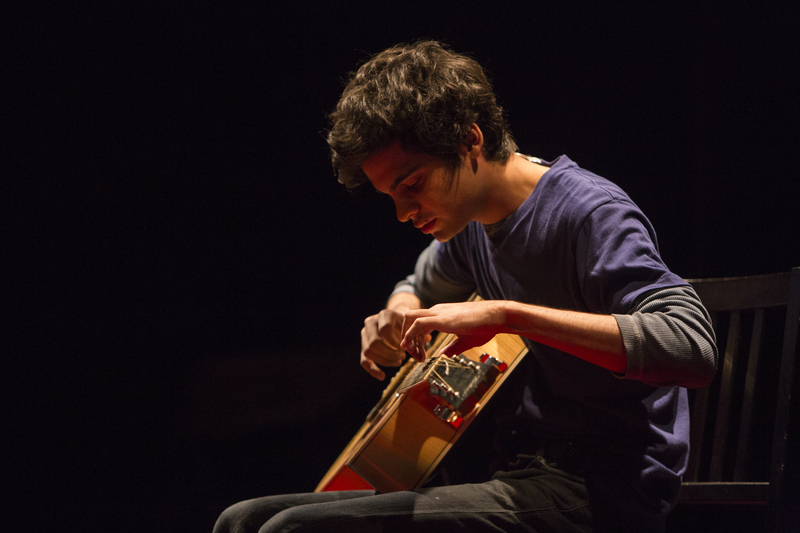
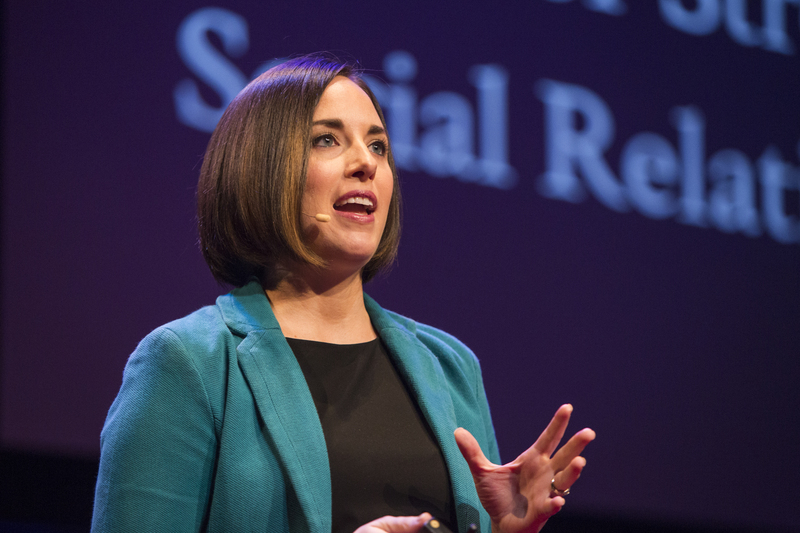
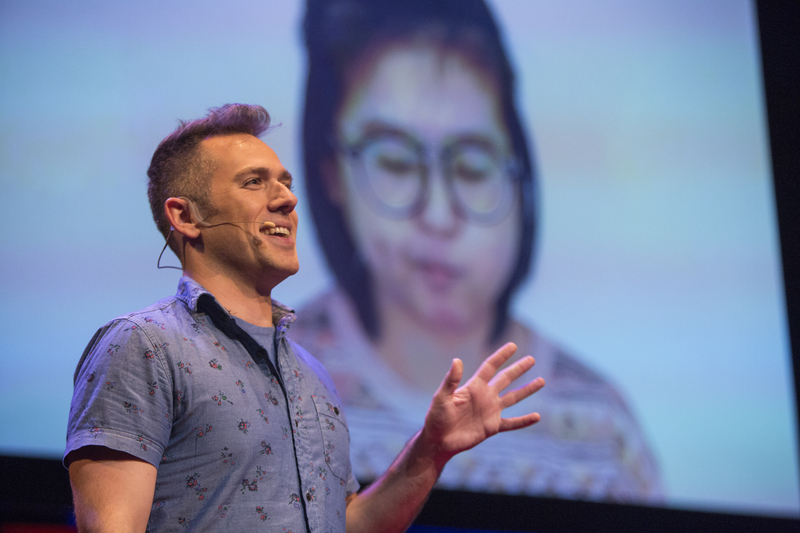
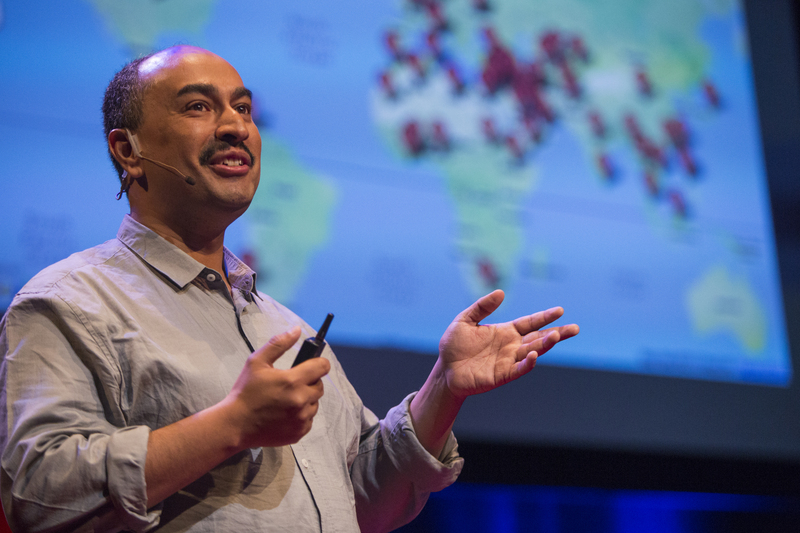
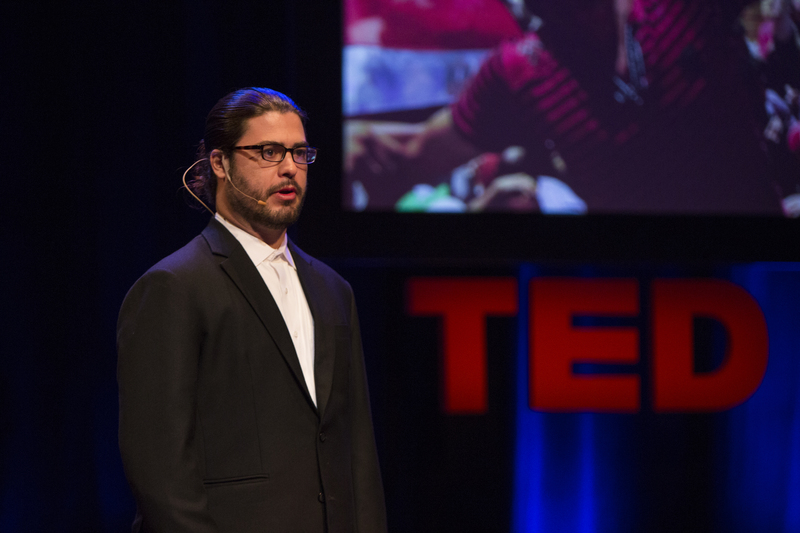
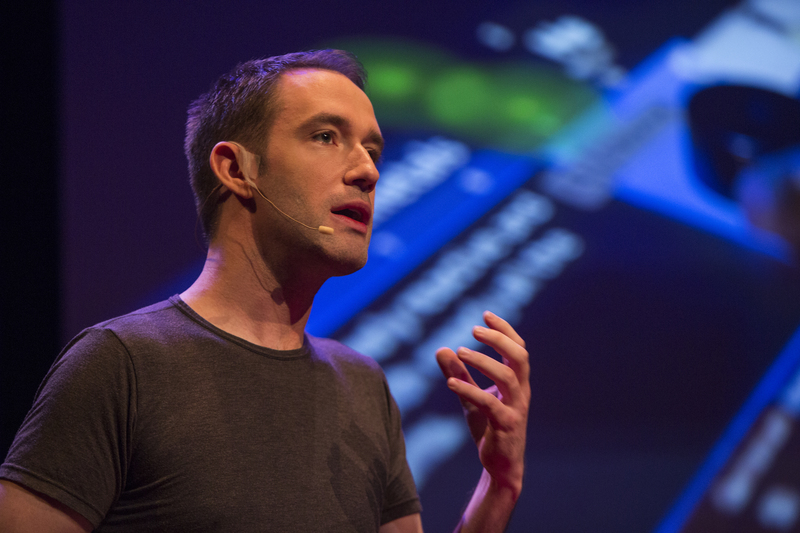
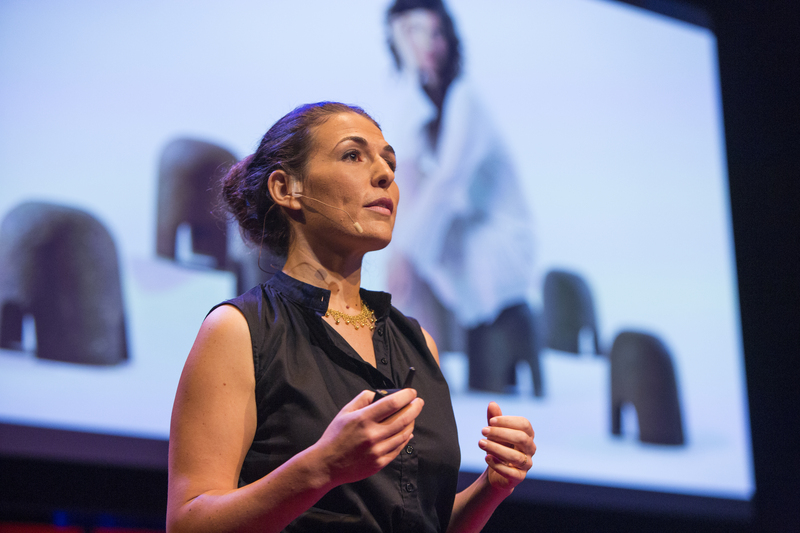
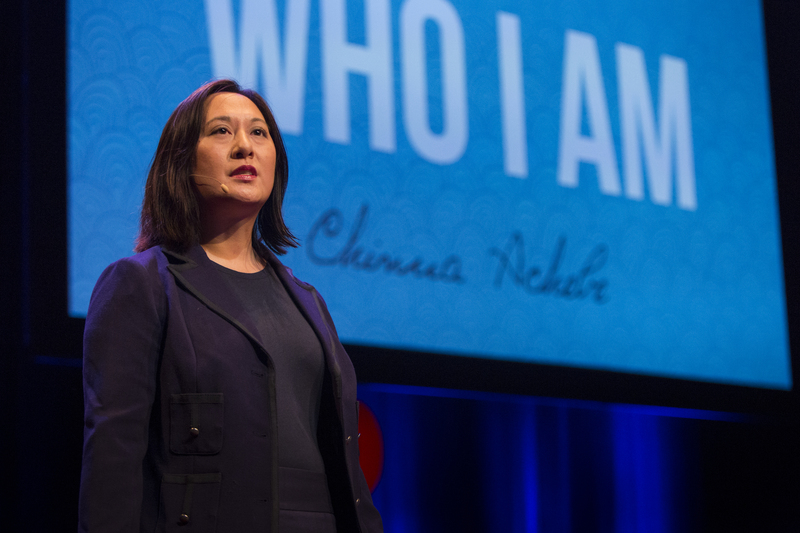
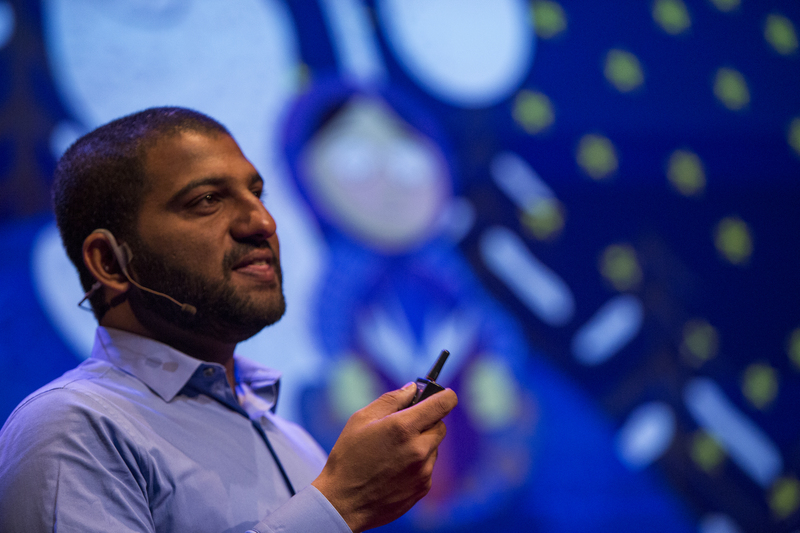
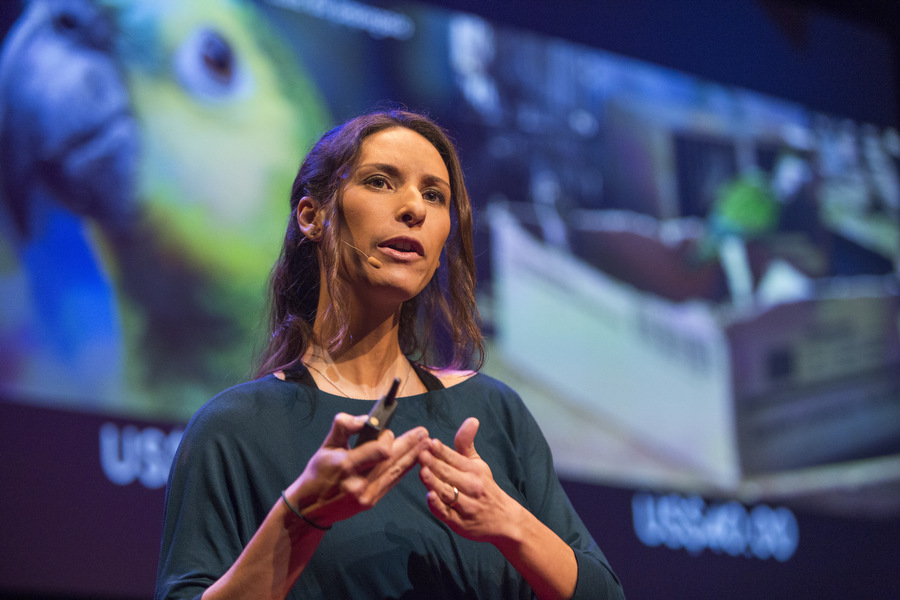
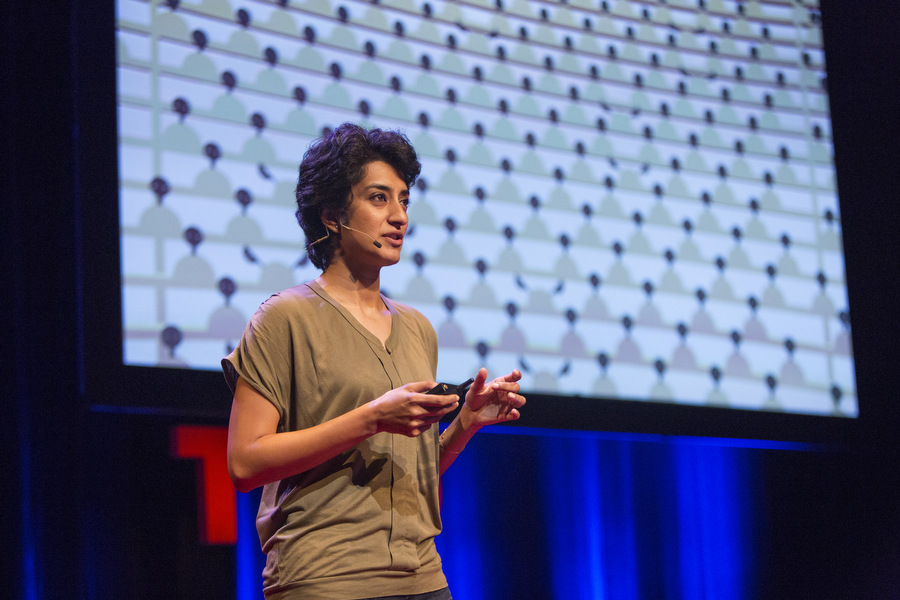
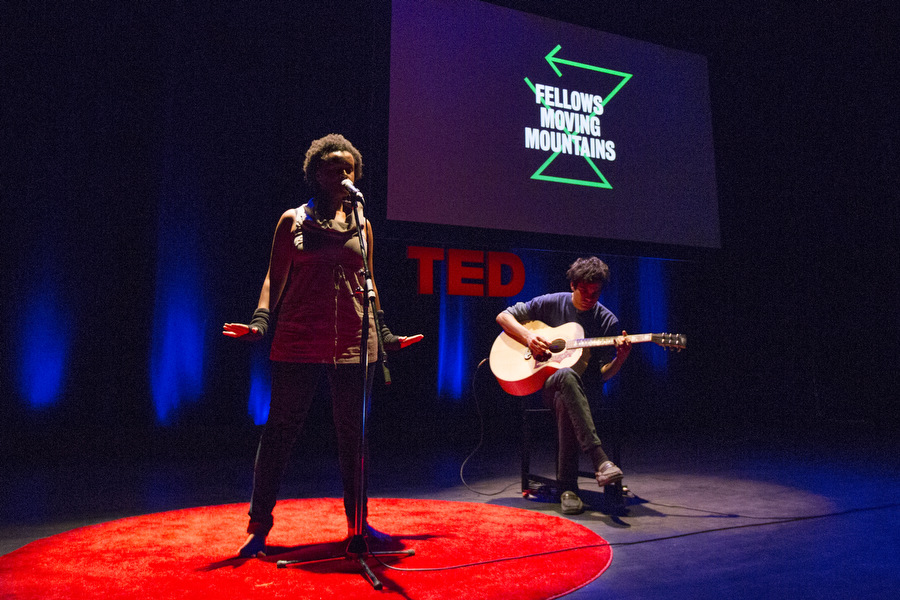
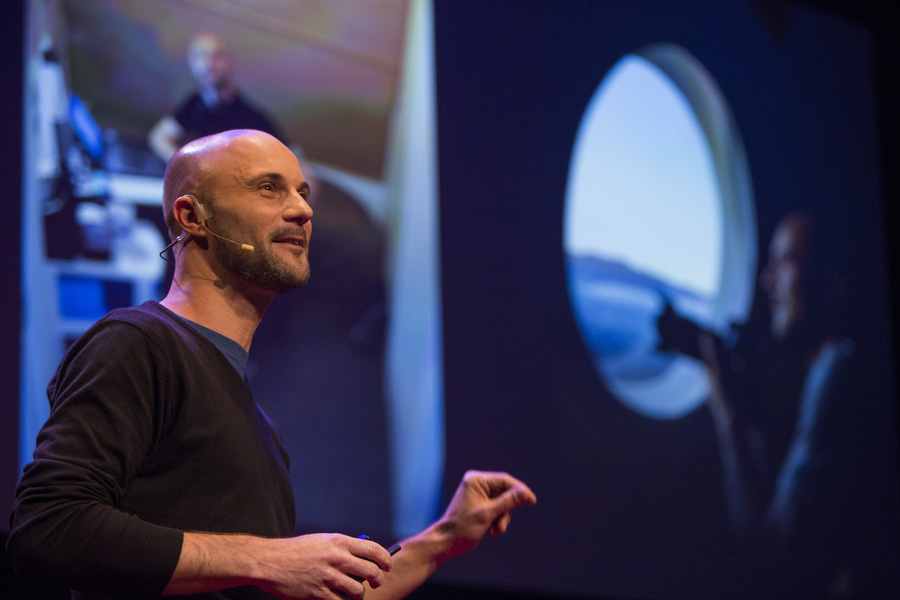
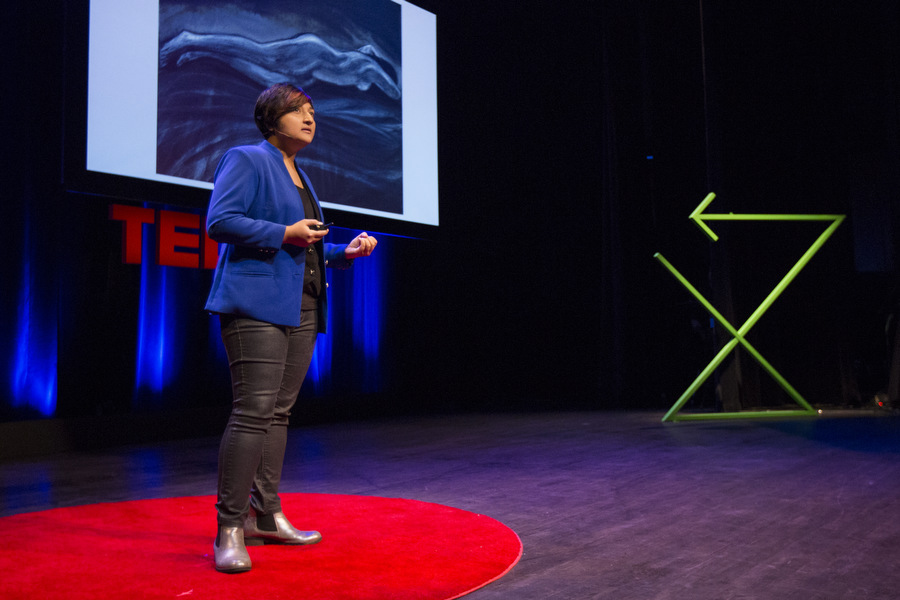
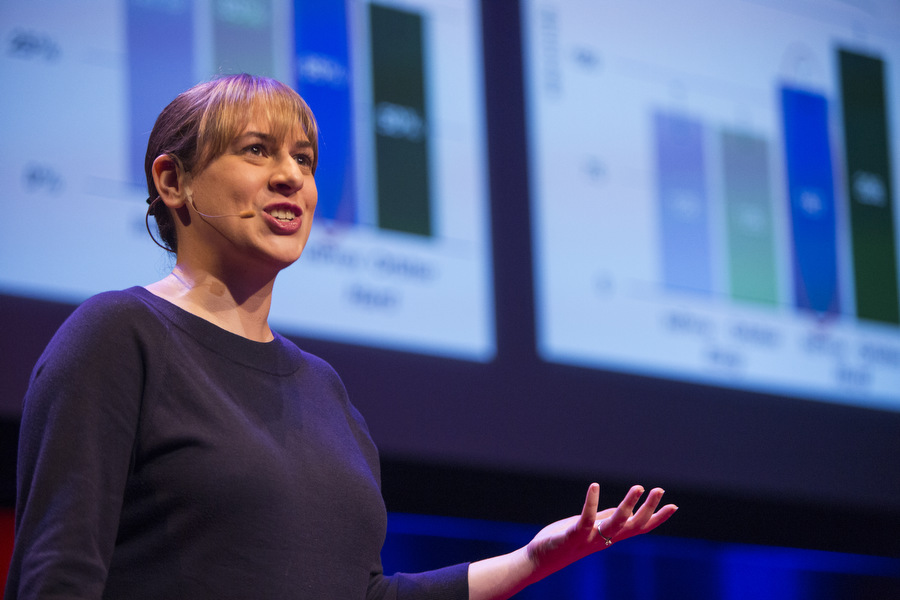
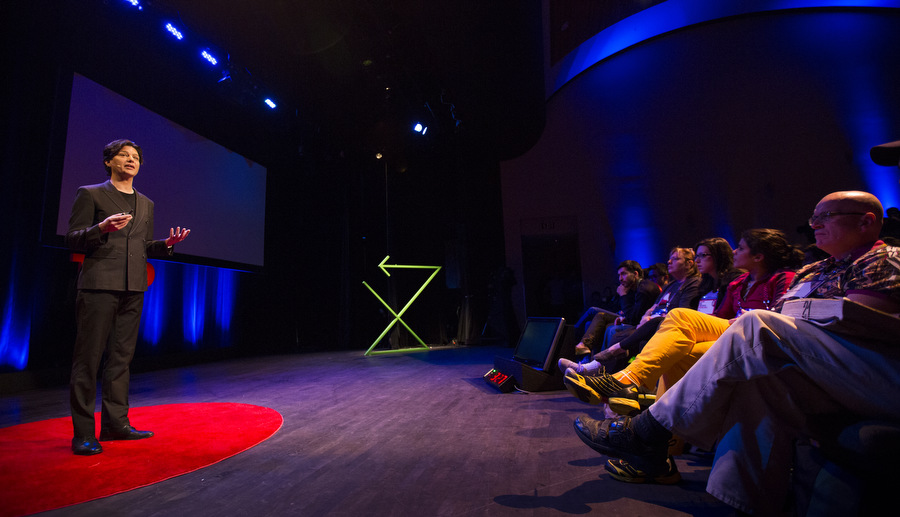
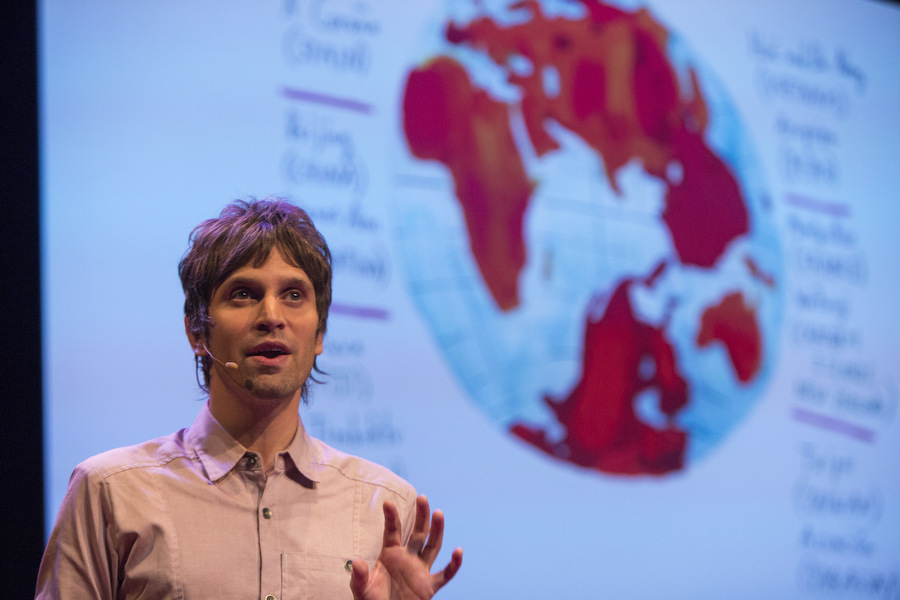
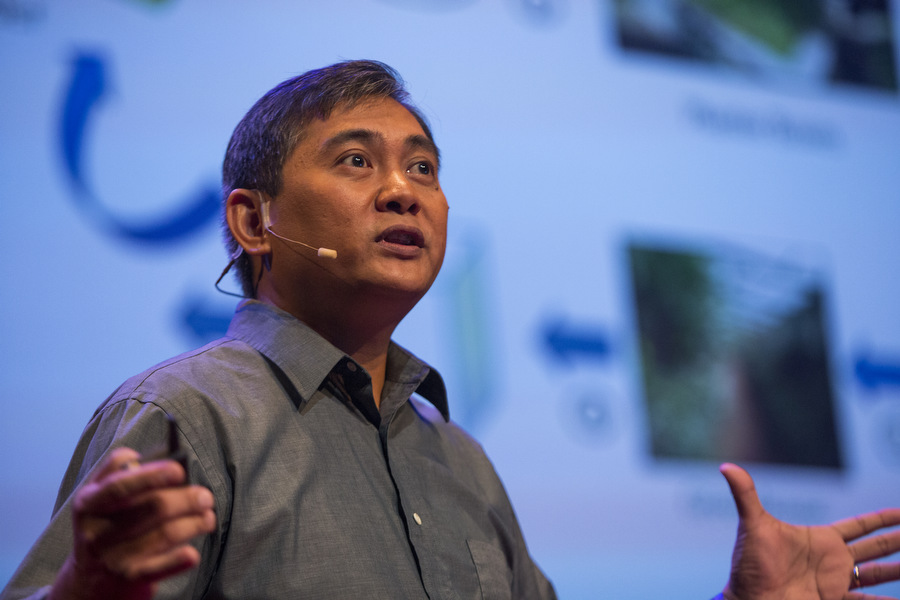
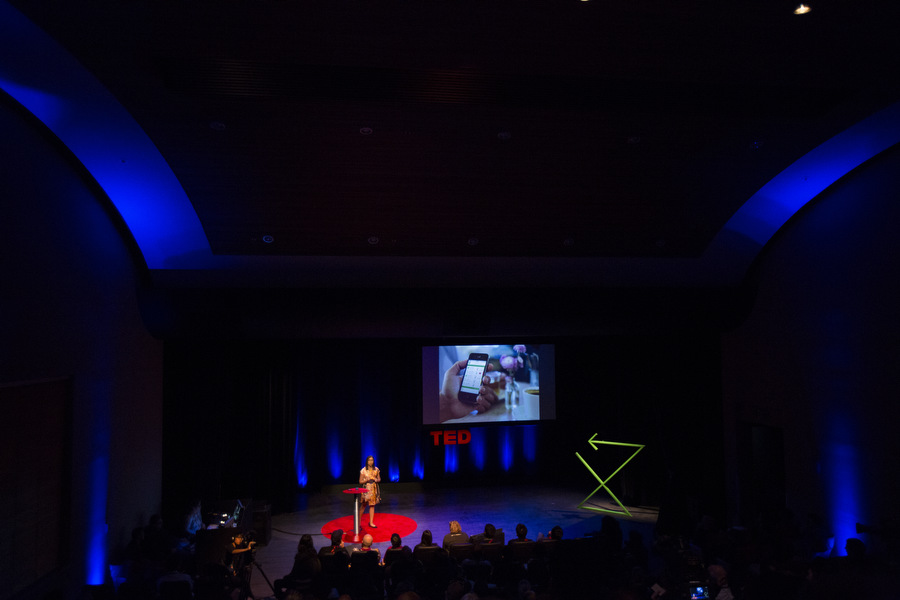
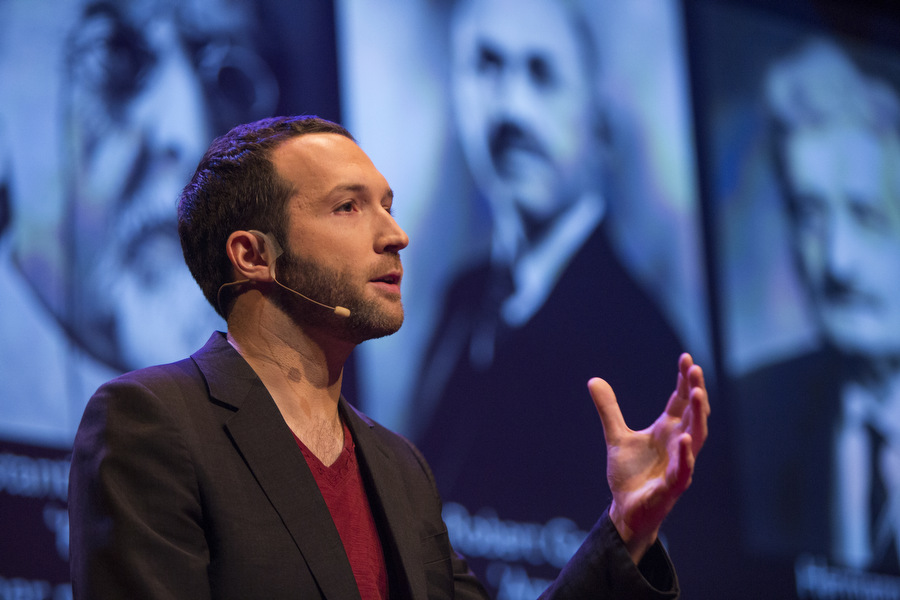
Comments (12)
Pingback: Let’s talk about poo: Fellows Friday with Francis de los Reyes III
Pingback: Let's talk about poo: Fellows Friday with Francis de los Reyes III | TEDFellows Blog
Pingback: Let’s talk about poo: Fellows Friday with Francis de los Reyes III | Daily News
Pingback: Let’s talk about poo: Fellows Friday with Francis de los Reyes III | Cherry Wired
Pingback: Let’s talk about poo: Fellows Friday with Francis de los Reyes III | Best Science News
Pingback: Let’s talk about poo: Fellows Friday with Francis de los Reyes III | BizBox B2B Social Site
Pingback: Docente de Ingeniería asiste a TED Fellows Retreat en Canadá - UDD Facultad de Ingeniería
Pingback: Fellows Friday: A TED Fellow confesses to having only $5 to their name … | Best Science News
Pingback: Boardroom Bingo - Marketing Edition (print out) | Web AddiCT(s);
Pingback: Fellows moving mountains: notes & quotes from the TED Fellows Retreat 2013 | TEDFellows Blog
Pingback: [#OPINION] NO necesitas aprender un nuevo lenguaje para crear Windows Store Apps, NECESITAS APRENDER Y PUNTO !!! | El Bruno